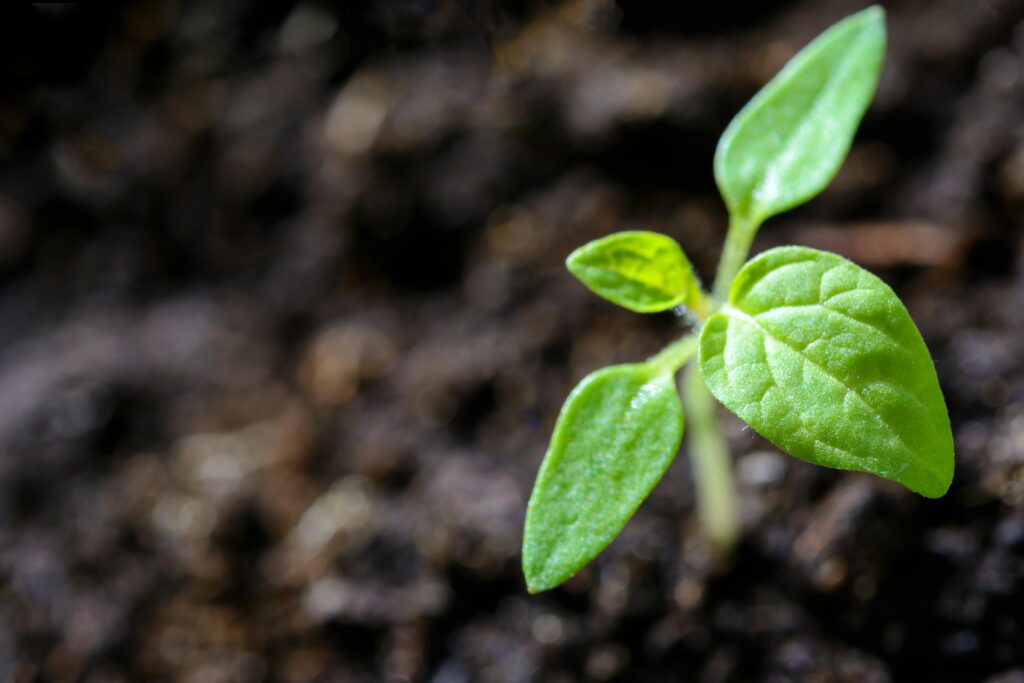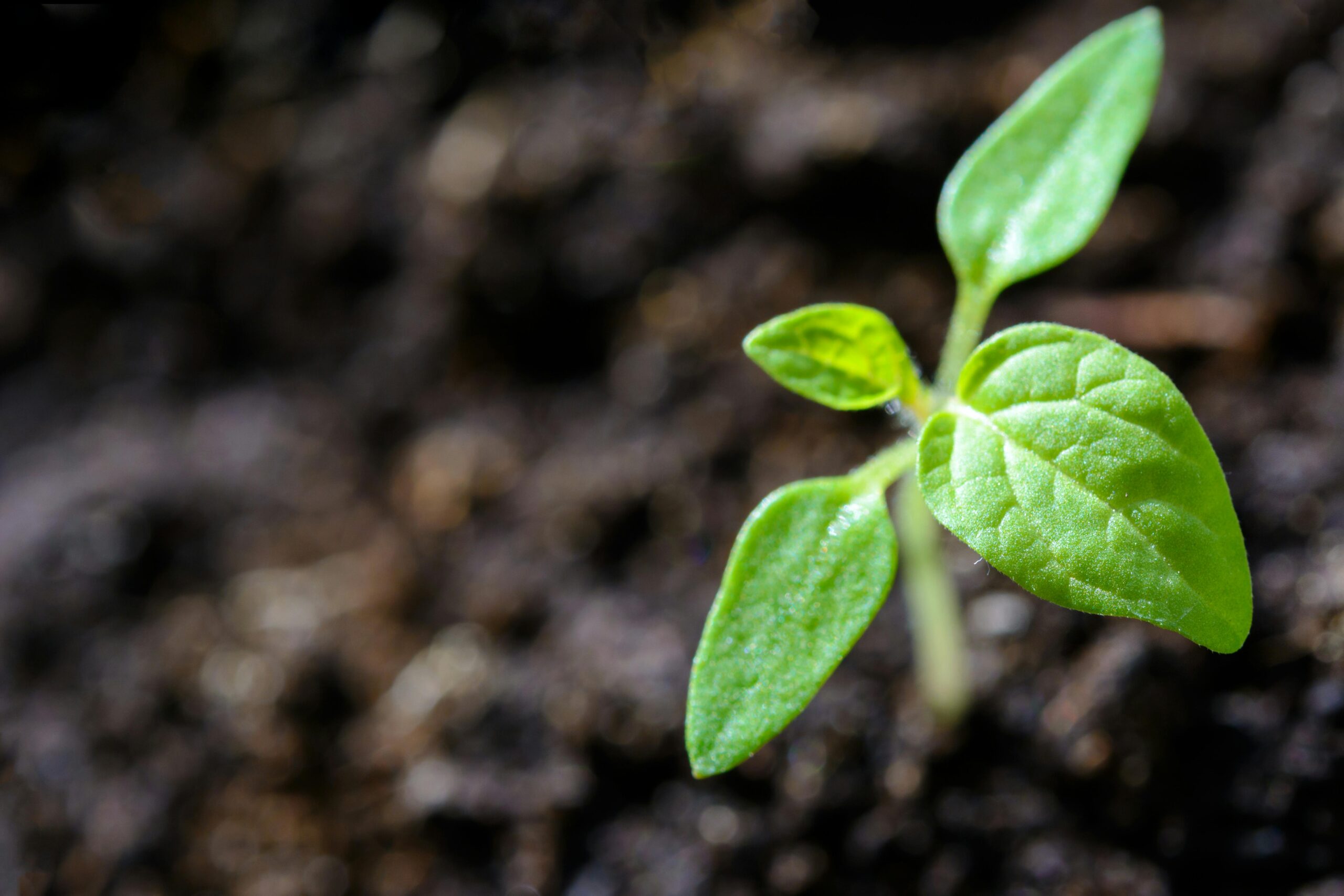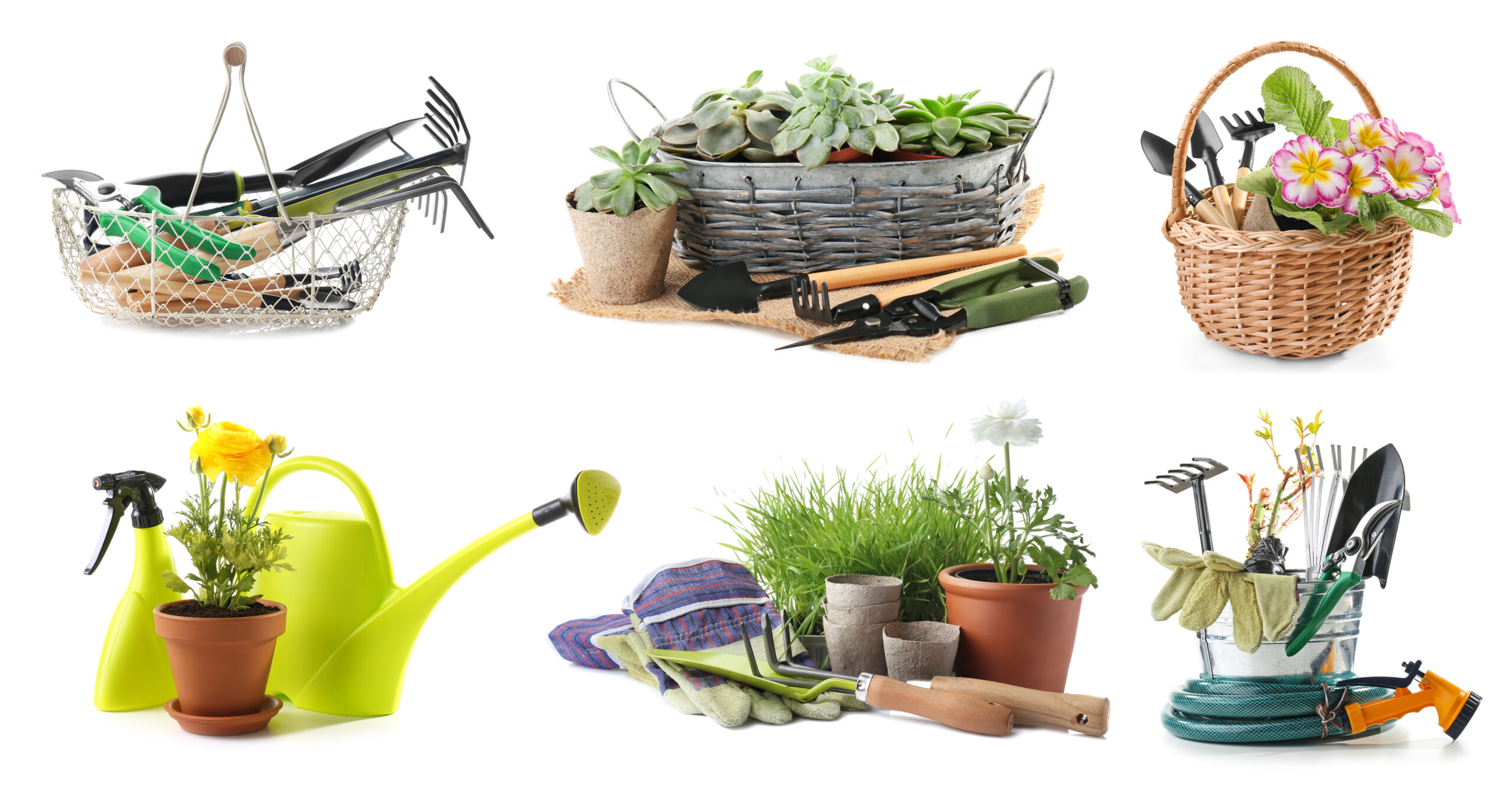
Starting Your Herb Garden: The Basics
Growing herbs in your kitchen window is not only convenient for cooking but also a delightful way to green your space. To start, choose a sunny window; most herbs thrive in bright, direct light for at least six hours a day. Begin with easy-to-grow herbs like basil, mint, and chives, which are forgiving and provide immediate rewards. You can start herbs from seeds or small plants from your local nursery. Using well-draining soil and pots with drainage holes is crucial to prevent waterlogged roots, which can doom your herb garden before it even gets going.
Basil: The Aromatic All-Rounder
Basil is a staple in many cuisines and one of the easiest herbs to grow indoors. It prefers lots of sunlight and regular watering, but ensure its soil is well-drained to avoid root rot. Pinching off the tips of basil will encourage it to bush out and produce more leaves. Keep it in a spot where it can get at least six hours of sunlight a day, and you’ll have a constant supply of fresh leaves for your pesto, salads, and more. Remember, basil is sensitive to cold, so keep it away from drafty windows in the winter.
Mint: The Hardy Perennial
Mint is incredibly versatile and remarkably easy to grow, making it perfect for beginners. It thrives in moist soil and partial shade to full sunlight. Be cautious, as mint tends to spread quickly; keeping it in a separate pot will prevent it from overtaking other herbs. Regular harvesting will encourage a bushier plant and prevent it from becoming leggy. Mint’s vigorous growth means you’ll have plenty to enjoy fresh in your tea, salads, or as a garnish for desserts and drinks.
Chives: The Flavorful Favorite
Chives are hardy herbs that grow well in indoor conditions, requiring only moderate sunlight and water. They’re perfect for a kitchen windowsill, bringing a mild onion flavor to dishes. Chives can be harvested regularly by snipping the tops, which will encourage more growth. They prefer cooler temperatures, so if your kitchen gets warm, consider a spot that gets morning light but is shaded in the afternoon. With minimal care, chives will provide a continuous harvest, regrowing quickly after cutting.
Parsley: The Versatile Biennial
Parsley is a versatile herb used in a variety of dishes, and it’s quite easy to grow indoors. It requires at least five hours of sunlight a day and consistent moisture in well-draining soil. Parsley can be slow to germinate, so be patient when starting from seed. It’s a biennial plant, meaning it grows foliage the first year and blooms the second. Regular trimming will keep it productive and bushy. Whether you choose curly or flat-leaf parsley, it’s a kitchen staple for garnishes, salads, and soups.
Cilantro: The Fast-Growing Flavor
Cilantro grows quickly and can be harvested just a few weeks after planting, making it a rewarding herb for beginners. It prefers cooler temperatures and can bolt (flower and go to seed) in too much heat, so a partially shaded window might be best in warmer climates. Keep the soil moist but not soggy, and harvest leaves often to encourage new growth. If allowed to bolt, you can collect the seeds (coriander) for cooking or replanting.
Thyme: The Low Maintenance Herb
Thyme is a wonderfully aromatic herb that requires very little maintenance, making it ideal for busy or forgetful gardeners. It prefers well-drained soil and plenty of sunlight but is drought-tolerant once established. Thyme is perfect for adding depth to soups, stews, and roasted dishes. Its small, delicate leaves can be harvested as needed, and the plant will continue to flourish, providing you with a steady supply.
Oregano: The Robust Flavor Enhancer
Oregano is another hardy herb that’s essential in many Italian, Mexican, and Greek dishes. It thrives in full sun and well-drained soil, needing less water than some other herbs. Oregano can grow quite bushy, so regular trimming will help maintain its shape and encourage new growth. Its pungent, earthy flavor intensifies when the leaves are dried, offering versatility in the kitchen.
Caring for Your Kitchen Herb Garden
Keeping your herb garden thriving involves regular watering, ensuring the soil is moist but not waterlogged. Rotate your pots occasionally to ensure each side receives equal light, promoting even growth. Fertilize with a half-strength liquid fertilizer every 4-6 weeks during the growing season to support healthy development. With these simple care tips, your kitchen window herb garden will flourish, providing fresh flavors for your cooking year-round.
Cultivating an herb garden in your kitchen window is a simple and satisfying way to add fresh flavors to your meals. With just a little care, you can enjoy a variety of herbs at your fingertips, enhancing your culinary creations with the freshest tastes.



